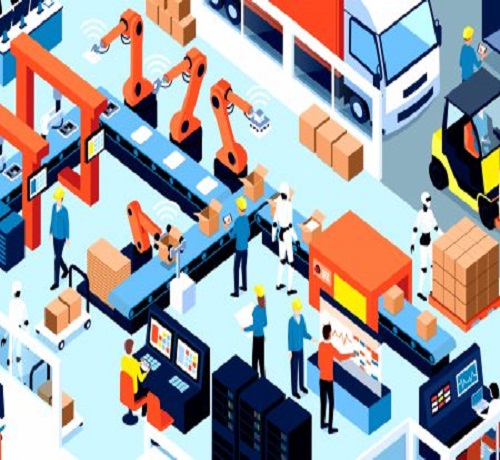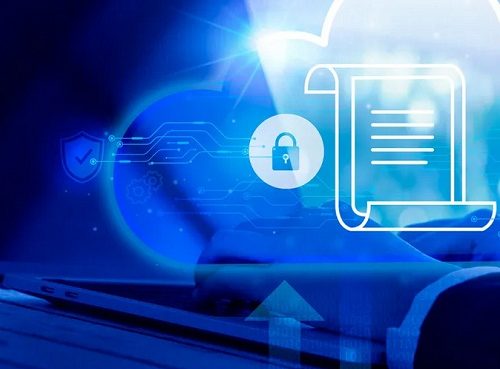The data collected from personal devices each day, every minute, is allowing companies to understand us, their customers, in order to develop better products that are more personalized and convenient, and better suited to our uses.
Data privacy aside, both sides benefit from this – brands can sell more products, and we enjoy the ease and capabilities that new technology brings into our lives.
Those same advantages are true for businesses, where IoT now devices record and transfer data to monitor important processes, provide new insights, boost efficiency and allow companies to make more informed decisions.
These devices are telling organizations what is actually happening, not what they believe to be happening. Data can be fed back into analytics and AI systems, identifying patterns of usage and behavior that would have never been uncovered, and ultimately enabling businesses to improve products, services and systems.
The number of businesses that use the IoT technologies has leapt from 13 percent in 2014 to about 25 percent today, according to McKinsey. And the worldwide number of IoT-connected devices is projected to explode to 43 billion by 2023, an almost threefold increase from 2018.
What that means is that more businesses are utilizing the power of IoT insights, so just using the technology isn’t enough for a real lead anymore – the data businesses collected must be processed and acted upon faster than ever before.
5G-powered edge computing
That need is leading to the rise of edge computing, which is changing the way data is being handled, processed and delivered from millions of devices. It’s enabling computational capacity at the source, reducing the amount of data being sent to cloud servers and thereby enabling devices to quickly process, analyze and act on the data they have collected.
An example of this could be CCTV cameras that can perform image analytics in real-time, extracting or classifying objects. In safety-critical applications, such as monitoring an exclusion zone for human activity in a mine, for example, a delay caused by sending data to the cloud first could prove fatal.
Now, with 5G networking technology, the power of edge computing is set to see another upgrade, enabling new real-time applications in video processing and analytics, self-driving cars, robotics, and AI, among many others. Underlying and above all of these exciting applications, 5G will bring speed.
“As data becomes increasingly more valuable to overall business success and decision making, businesses are looking to gain a legitimate and measurable advantage over their competition by moving data processing closer to the edge,” VoltDB’s CPO, Dheeraj Remella, told Tech Wire Asia.
Businesses now need to ingest and act on data in as close to real-time as possible, “ideally within 20 milliseconds”, said Remella. If it passes this threshold, data’s real-time advantage is lost, and that data becomes just another chunk of big data or dark data, leading to missed opportunities.
As 5G and IoT creates highly-connected enterprise environments, utilizing data at the edge as rapidly as possible will become increasingly vital to an enterprise’s ability to compete.
“Hundreds of thousands of IoT devices will be located throughout warehouses, trucking fleets, production plants, and more, to generate, capture and act on data. The ability to process, analyze and act on this information in real-time has the potential to transform these industries overnight,” said Remella.
This combination of technology will promote the use of machine-to-machine communication (M2M) in the enterprise, where decisions will be made in milliseconds, creating what Remella calls a “domino effect of real-time data decisions based on the previous decision.”
Outside of the factory
The use cases for edge computing are nearly endless and as 5G continues to proliferate the daily lives of people and businesses, they will continue to grow, Remella said. It’s easy to imagine this coverage will take place behind the closed doors of automated factories and plants, constrained to operational technology, but it will provide the backbone to transformative ‘future technologies’ in society.
A partnership between telecoms group Vodafone and the technology arm of Continental to demonstrate how 5G, cellular vehicle-to-everything (C-V2X) and mobile edge computing help to better protect all road users. The systems leveraged V2X modules in cars and smartphones for cyclists and pedestrians, with all road users exchanging their position and direction of travel via a mobile network base station, and issuing a warning if paths are colliding.
The financial services industry can leverage 5G and edge computing to increase revenue while ensuring customer interactions remain seamless, such as improving reporting capabilities and prevent credit card fraud, Remella said, which is now a multi-billion-dollar problem with the rise of e-commerce.
The endless applications and advantages of real-time data use don’t come without drawbacks, though. For starters, the overall cost can be a major hurdle, and network security and resiliency management will become more challenging as organizations onboard more devices and endpoints to their network.
But there are also “philosophical challenges” that stem from a misunderstanding of digital transformations, said Remella, where organizations consider stacking the latest technology on existing data processes.
“A true digital transformation needs re-imagined business processes while taking into account the freedom of modern technologies and the challenges they solve, but also create,” he said.
In order to move forward with the vast, future potential of acting on data in real-time, businesses must be ready to leave the technology used for current business processes in the past: “The assumptions, constraints and liberties that were in place when the existing business processes were designed no longer hold true,” Remella said.
Source: techwireasia










